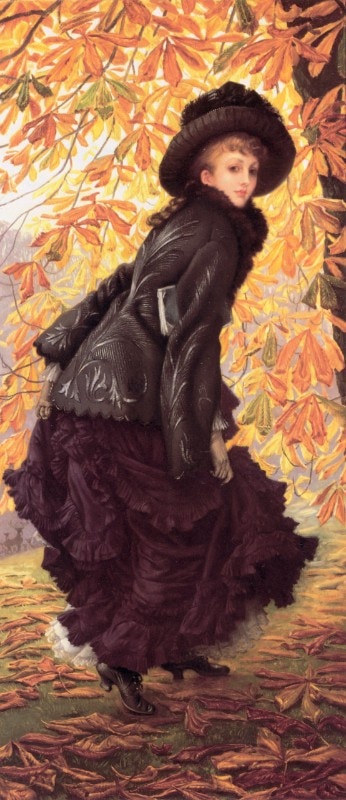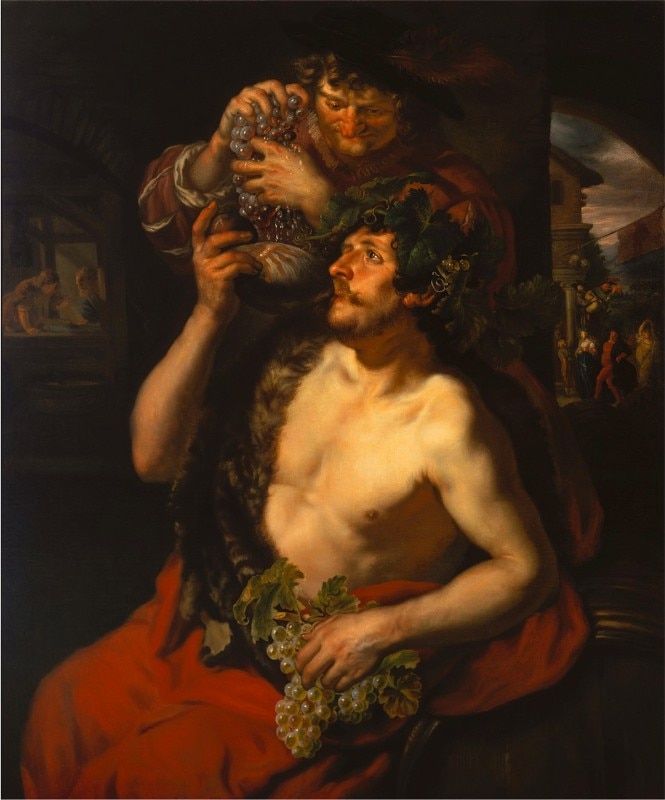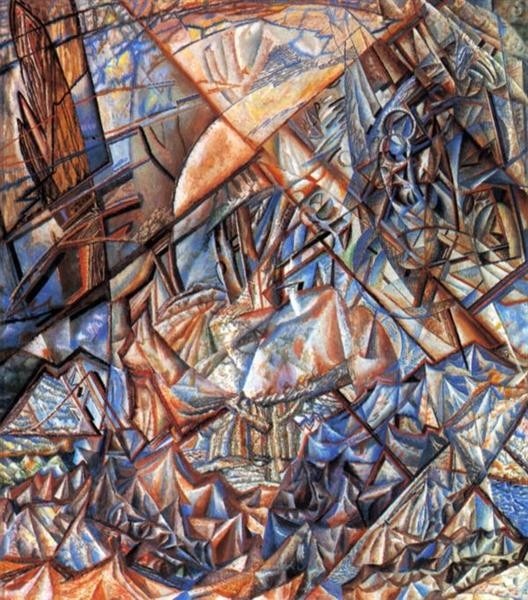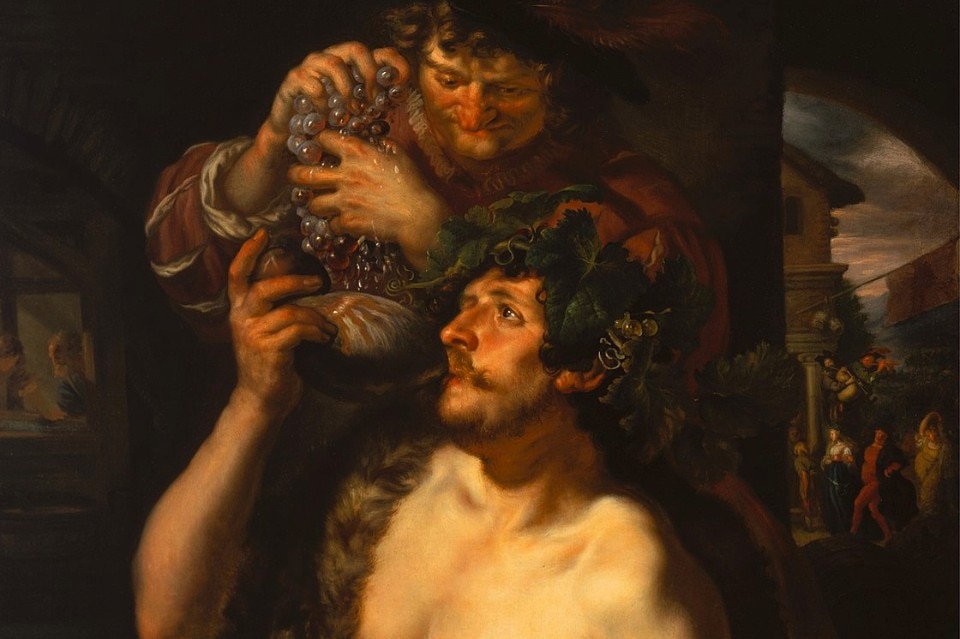“The end of October is a special time. Summer is over, and yet, at times, it seems unaware of it. Then, the rain comes and restores the proportions. The grey, sad bursts of rain explain to everyone that the sun will become increasingly paler and colder and that there is really nothing we can do about it. After the rain, the air is moist and fresh, almost clean, and the fallen leaves on the ground smell like goodbyes. Autumn is melancholic, if you listen to it coming,” says Susanna Raule, an Italian writer and psychologist.
October is a month of transition. It sits quietly, waiting for winter with fond memories of summer. It is a dense, special month, a time of year that brings unique colours, intense sunsets and artistic inspirations.
James Tissot, a French artist born in Nantes in October 1836, studied at the École des Beaux-Arts in Paris. A fascinating and sophisticated artist, influenced by Baudelaire, Édouard Manet and Edgar Degas, he described this month by setting it in the artistic and social context of his time.

The protagonist is a bourgeois woman, dressed in a black, ruffled satin dress. She is wearing a large hat and an embroidered coat embellished with a fur collar. She seems to be in a hurry – maybe she has lost track of time while reading, as suggested by the book she’s hiding under her arm. The woman is walking on a carpet of leaves that turn from green to orange, symbolising the transition from summer to autumn. October is the title of the work. The woman thus appears as an excuse, a ploy to describe the October atmosphere.
Joachim von Sandrart, a 17th-century German painter and art historian, focuses instead on a mythological theme – Bacchus. October is the month of the grape harvest and what better character to represent it than Bacchus? The Roman god is portrayed with his traditional features – a purple-red cloth, his chest barely covered by a fur coat and a crown of vine shoots and grape leaves on his head. In his hands, grapes. The god, drunk, is followed by another figure who helps him drink the wine, while in the background a group of men and women is celebrating.

The brushstrokes are intense, full-bodied, mixed with those shadows and lights typical of that century. God of wine, the grape harvest, pleasure and fun, Bacchus symbolises a month in which man is at the centre. A month of transition, a month of work but one that still brings pleasure.
Russian artist Pavel Filonov (1883-1941) offers us a work with a futurist touch: October. Landscape. Formula. The typical autumnal colours blend through symmetrical shapes. Between a deep blue and dark orange, tending to brown, there is an apparently unusual autumn landscape that never stands still. A transition that describes the season that just ended and the season to come.

This is how Italian singer-songwriter and author Francesco Guccini describes the month of October: “October, I just don’t know… Why doesn’t everyone see it, you’re so beautiful. In fat vats like full bellies you cook up must and intoxication, must and exaltation. All along my mountains the mad clouds flee like sad birds. All along, the low clouds wreath my copper coloured mountains like smoke, the low clouds wreath like smoke”.


